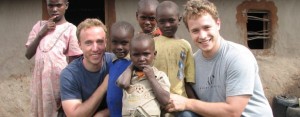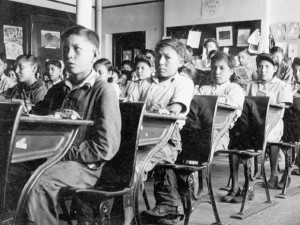Hello readers!
I am going to back track to the beginning of the year when we just started classes in the CAP stream of global citizens. At first it seemed as if every teacher in CAP was asking us what a global citizen means to you. Personally the question “what is a global citizen?” still ponders through my mind even though we discussed it so intently at the start of the year. As a couple of months have gone by I feel like I have gained an enhanced understanding of what a global citizen means to me. Through my interpretation there is not a set definition for what a global citizen is. Nonetheless, I believe a global citizen allows an individual to learn from people from all over the world, to study issues, and to connect and interact with other individuals. By advocating, at the local and global level most people feel a connection to others around the world who are facing similar challenges. The initiative of being global citizens seeks to bring together people to discover a common issue that they want to try and resolve.

When I was in high school, co-founder, Marc Kielburger from the organization Free the Children came to our school as a guest speaker. Marc came to speak to my school about the organization he and his brother Craig created to “free” children in developmental countries. When Marc spoke so passionately about his organization I became more aware of this issue in the world and realized how he created a role for him and his brother to make a difference. They both have a vast understanding of how the world works and that the concern about children is “complex and [roots] in a number of correlated social and economic obstacles” that are created in today’s society (“Free the Children”). How Free the Children participates and contributes to the community at the range of stages from a local to global scale is incredible to me. The willing act to make the world a more sustainable place got me inspired to help the cause. The goal for these brothers is to “strive to free children from poverty, exploitation, disease and thirst” and by creating this organization they have already made a substantial change as they are getting this issue out to the world (“Free the Children”). Free the Children formed an event called WE day, and luckily I was able to attend last year. This event gives the youth the opportunity to make a “difference in their local and global communities” and in this yearlong program individuals “nurture compassion in young people and gives them the tools to create transformative social change” (“Free the Children”). This day was life changing for me and to all the people reading my blog I highly recommend that you try to go this year. Here’s a short video about this astounding event!
http://www.weday.com/we-day-events/vancouver/
http://www.freethechildren.com


